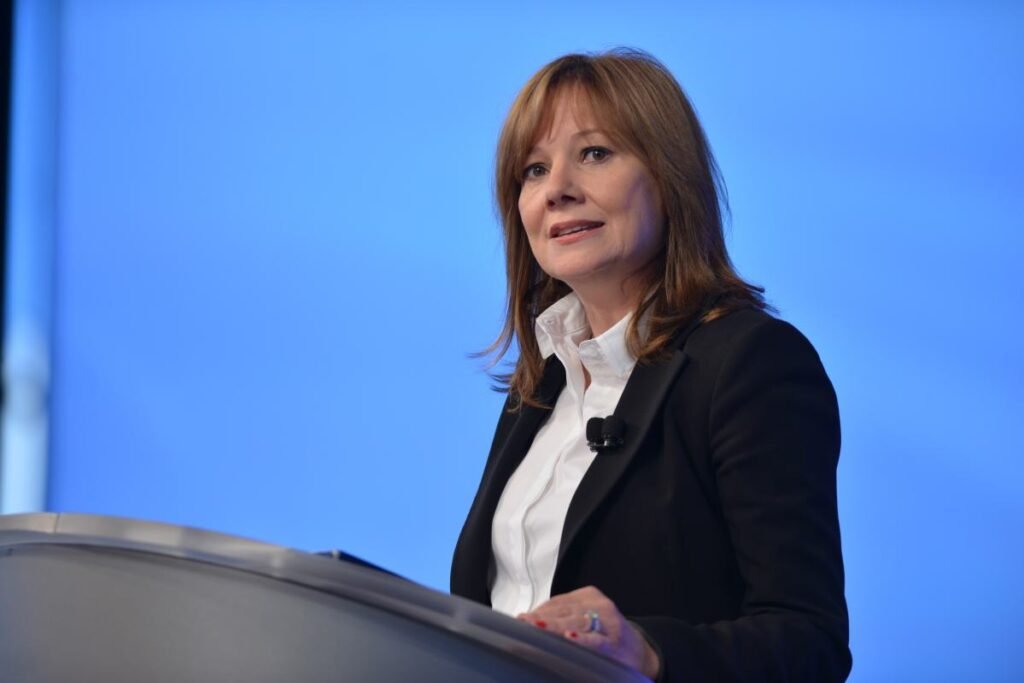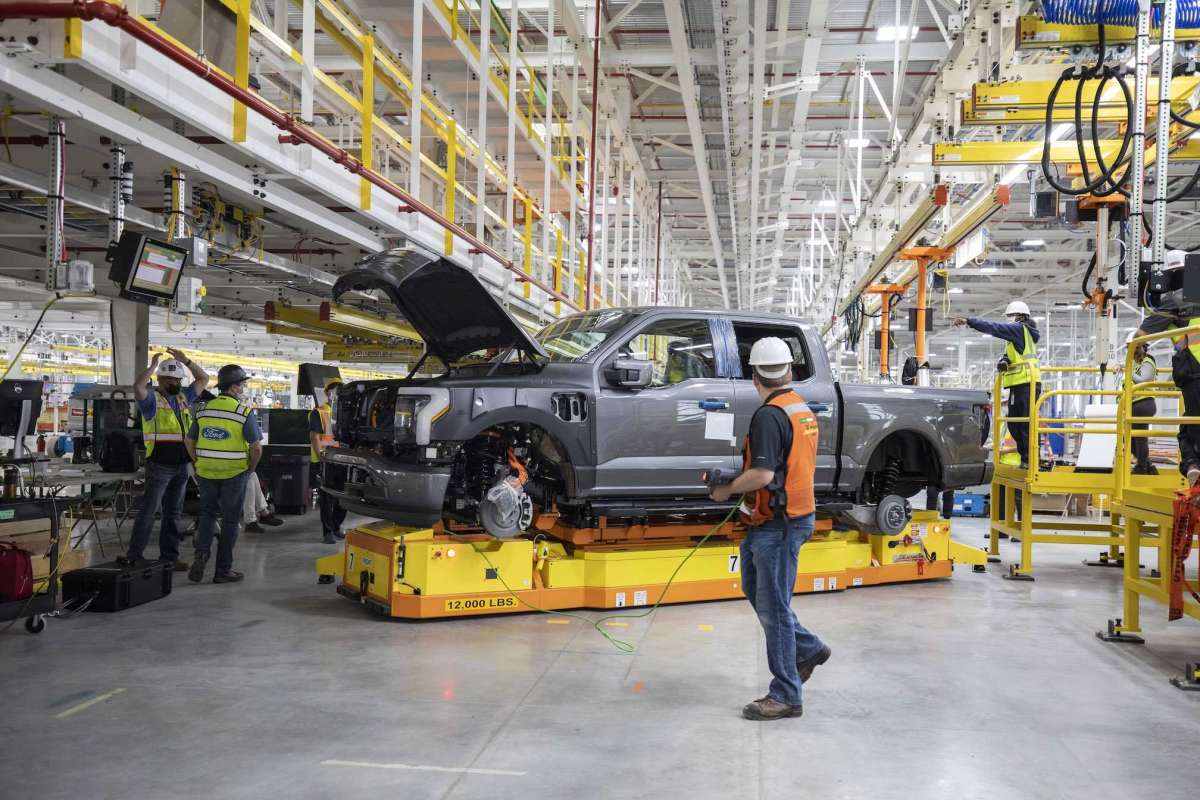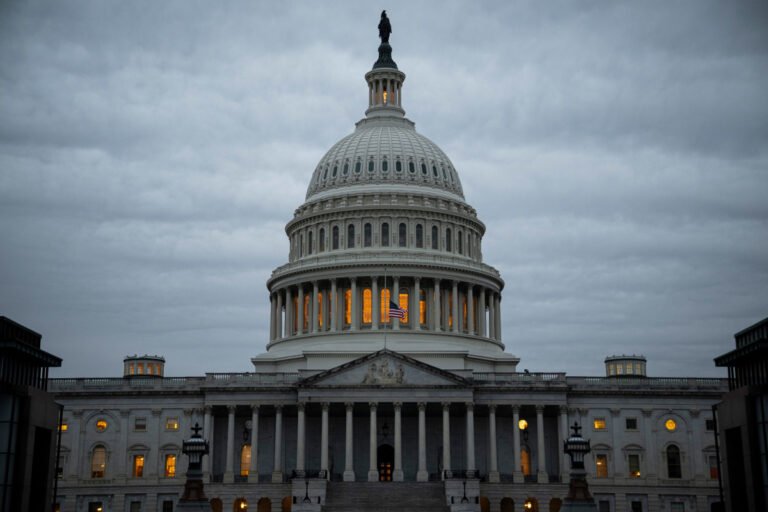
For the first time since the 2008 financial crisis, the chiefs of Ford, General Motors and Stellantis will testify together before Congress. Ford’s Jim Farley, GM’s Mary Barra and Stellantis’ Antonio Filosa have been summoned by the Senate Commerce Committee for a 14 January 2026 hearing examining why new-car prices have climbed so sharply, how federal regulations influence vehicle costs and what the shift toward electrification means for American consumers. Tesla’s VP of Vehicle Engineering, Lars Moravy, has also been invited to provide an EV-focused perspective.
The return of all three Detroit bosses to Capitol Hill comes at a time of financial strain for each company. Ford is dealing with a run of high-profile safety issues, GM is still absorbing the cost of its changing electric-vehicle strategy, and at Stellantis, long-term stability is under discussion following warnings from former CEO Carlos Tavares, who suggested that parts of the company could splinter off if internal pressures persist.

What Lawmakers Want To Know
Senator Ted Cruz, who is leading the hearing, has titled it “Pedal to the Policy: The Views of the American Auto Industry on the Upcoming Surface Transportation Reauthorization.” He says the goal is to understand why the average transaction price of a new vehicle has climbed from the low $30,000s a decade ago to more than $50,000 today.
Cruz argues that “onerous government-mandated technologies and radical environmental regulations” have contributed to higher prices. Other lawmakers want detailed explanations on the impact of emissions rules, federal EV targets and tariffs on imported components, all areas that significantly affect manufacturing costs. The Senate also plans to question how the Detroit Three intend to guide their line-ups through the next decade as the industry grapples with supply-chain volatility, regulatory divergence between administrations and uneven EV demand.
Ford
The Bigger Economic Picture
Analysts note that regulation is only part of the story. Inflation, higher raw-material costs, increased reliance on premium-grade trims and the shift toward more expensive EVs all play a role in raising prices. The committee is expected to examine whether the recent rollback of federal EV and CAFE mandates under the One Big Beautiful Bill Act will materially reduce consumer costs, or simply shift expenses elsewhere in the system.
The hearing also lands at a sensitive moment for North American trade. The USMCA agreement, which governs auto manufacturing rules between the United States, Mexico and Canada, is due for renewal or renegotiation by 1 July. If no agreement is reached, tariffs could rise and supply-chain costs could escalate further, pushing vehicle prices even higher regardless of domestic policy changes.

Why This Hearing Matters
The session gives lawmakers a rare opportunity to publicly scrutinise the strategies of the three largest American automakers at a moment when affordability concerns dominate car-buyer sentiment. For Ford, GM and Stellantis, it is a chance to argue that global factors, material prices and regulatory shifts, not just corporate decisions, drive the record-high pricing seen today.
Whatever comes out of the hearing could influence future rules on emissions, EV targets, trade and transparency, making this one of the most consequential auto-industry sessions Washington has hosted in years.


